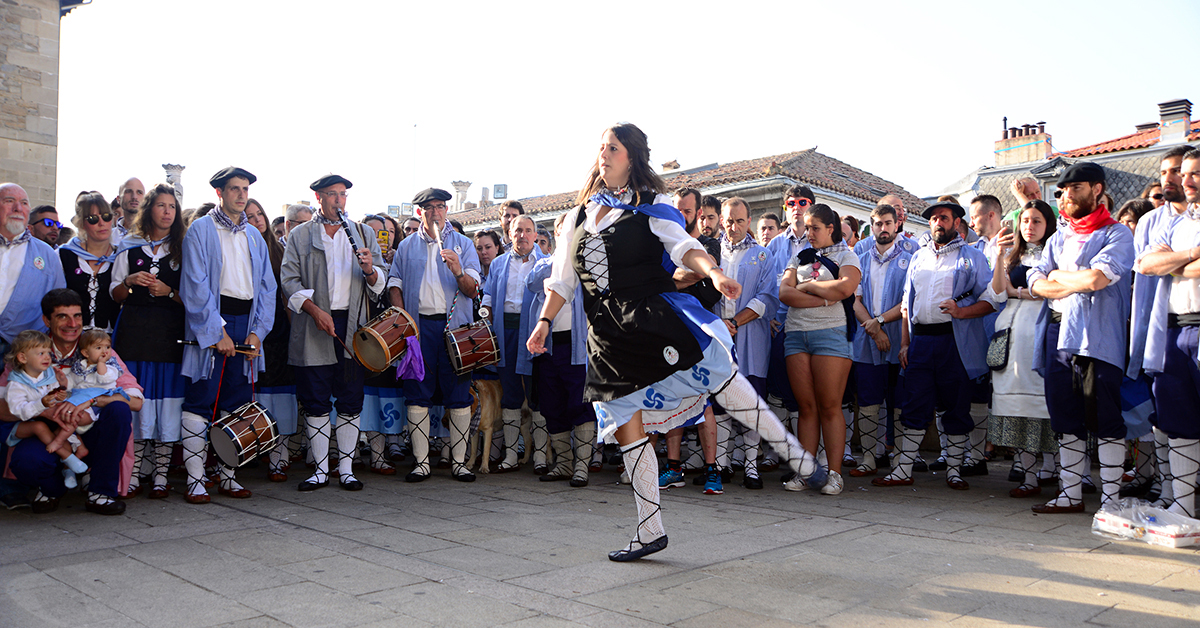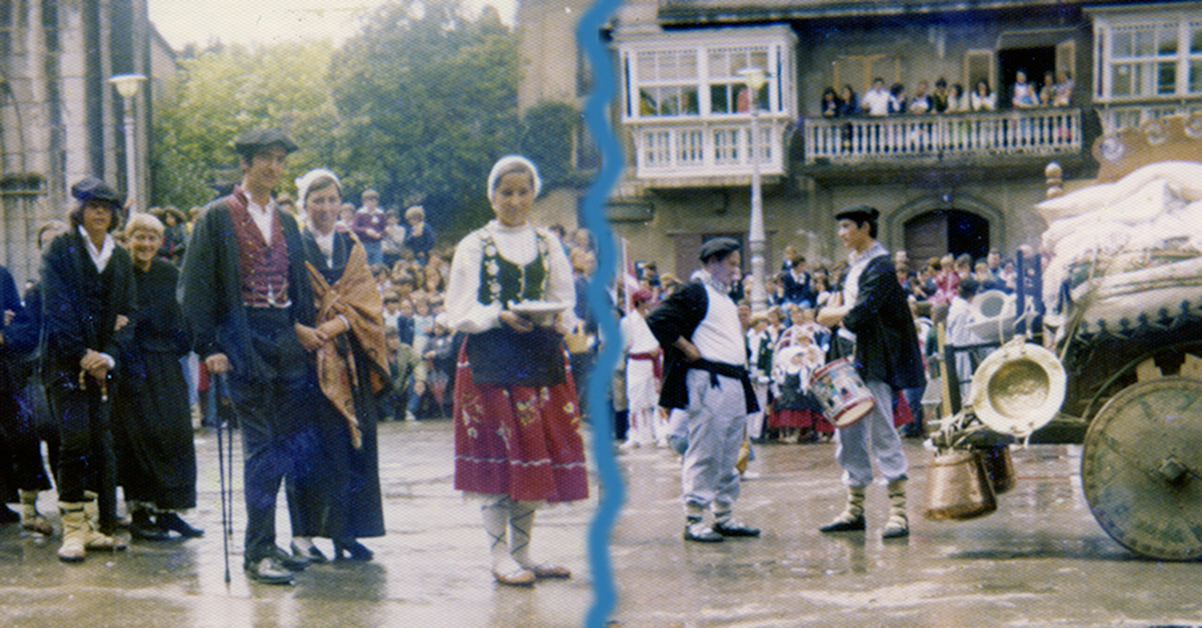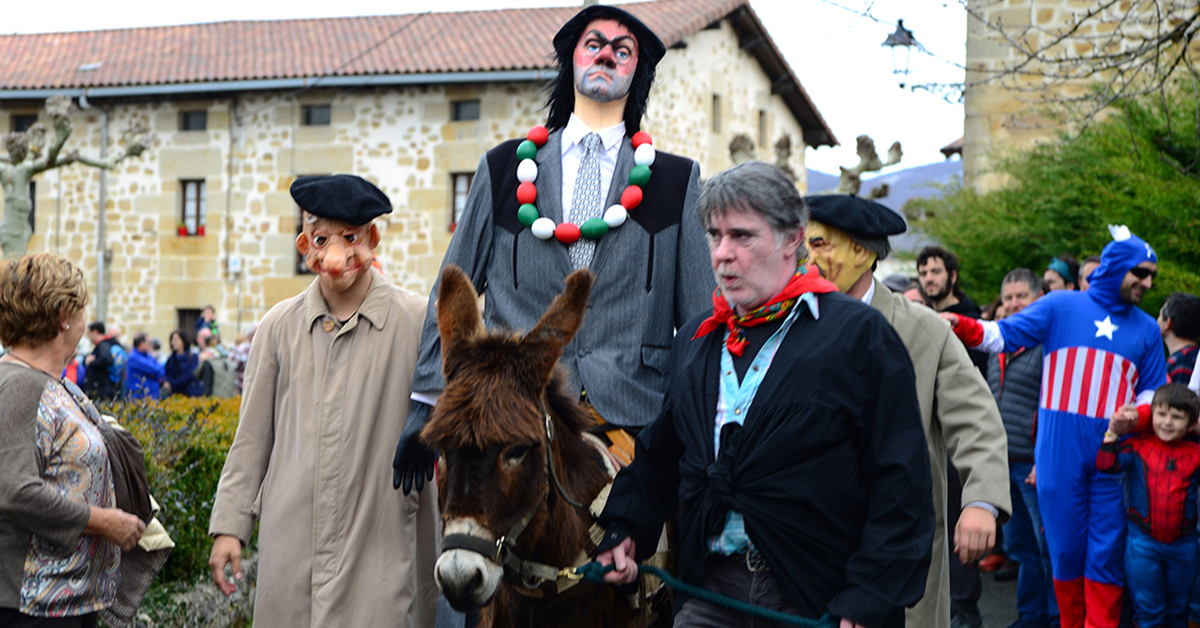Basque ethnography at a glance
Down through the centuries, word-of-mouth was the way or method used to pass down what had been learnt from the legacy left by the past; the thread running through the knowledge handed down from generation to generation which has shaped and moulded each element, task, activity or narrative, among other aspects, to the present. It is the cultural heritage of each community.
However, that historical process involved many circumstances that, despite being insurmountable according to the sources (the transmitters), have been part of our continuing to argue that tradition is unchangeable. That is where the main meaning lies of the word that is used to illustrate studies and hypotheses in the socio-cultural world by experts and scholars, along with other terms such as folklore, folkish, revival and derivatives.
This is not a trivial point if we consider this relative aspect, as it is what, using language, is passed on as intangible from a current perspective. In fact, the term “tradition”, is one of those mainly used, in common parlance, to defend and disseminate something as one’s own and, for example, “lifelong” or “timeless”.
However, the way the concept and the term are used today was not always so. We should perhaps therefore begin with the origin of a term that has not been around as long as we may think. A search of some dictionaries shows that it was not until the start of the 18th century when the term would appear for the first time with the meaning of an old thing passed down from parents to children. That was partially continuously the case from generation to generation until the last third of the 20th century.
The origin of “custom”, another term that is sometimes used interchangeably as a synonym, is linked to the customary law and rights of the people. Finally, “folklore” (from folk = people and lore = knowledge), a neologism coined by W. J. Thoms halfway through the 19th century as a study area or science, also started to be considered as being equivalent to the above terms in the early 20th century.
Whether it is “tradition” or “custom” or “folklore”, it is not a tangible-intangible bastion that somebody pulled out of a top-hat as if by magic 3,000 years ago and which we now describe as “archaic”, “ancestral”, “the mists of time”, etc. It is usually nameless and was “invented” by a person or a group, with or without geographical transfer. It is, in short, the result that has been consolidated and modelled by a conscious or unconscious progressive process, with the swings and fluctuations of fate, to the political and socio-cultural situations and realities of each time. It has thus managed to constantly survive and be recreated.
Emilio Xabier Dueñas
Folklorist and ethnographer




